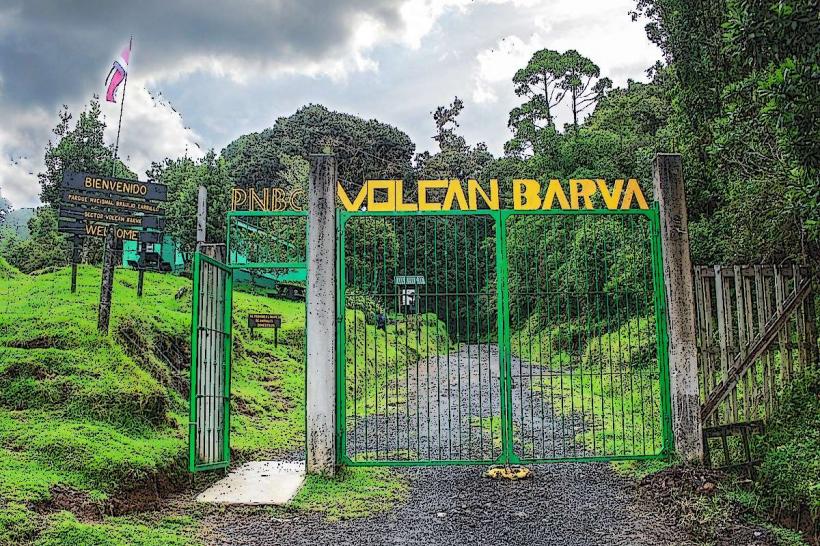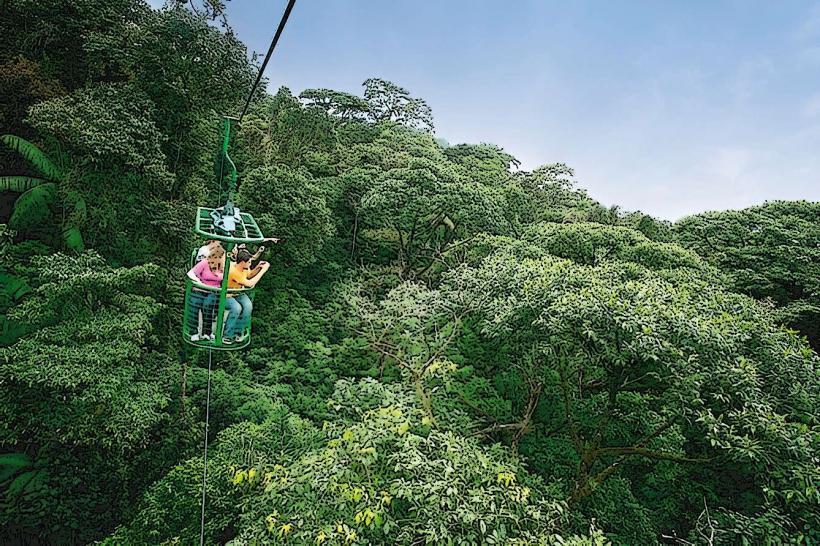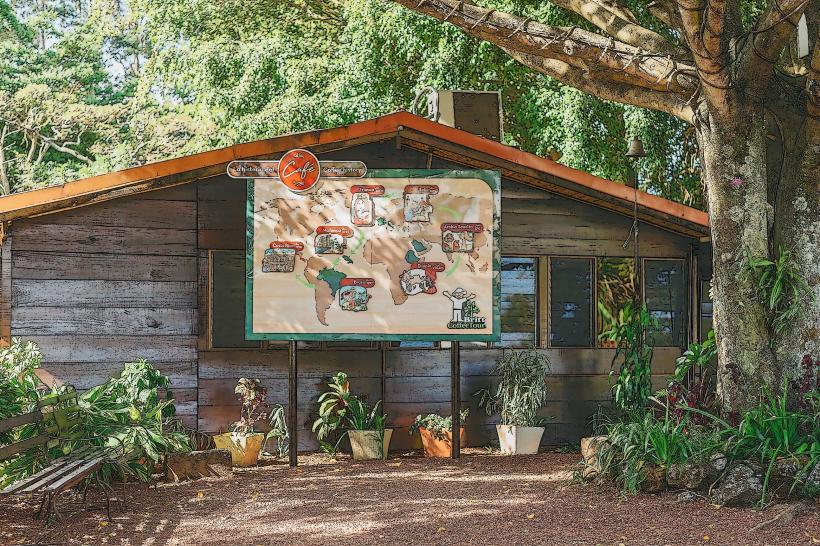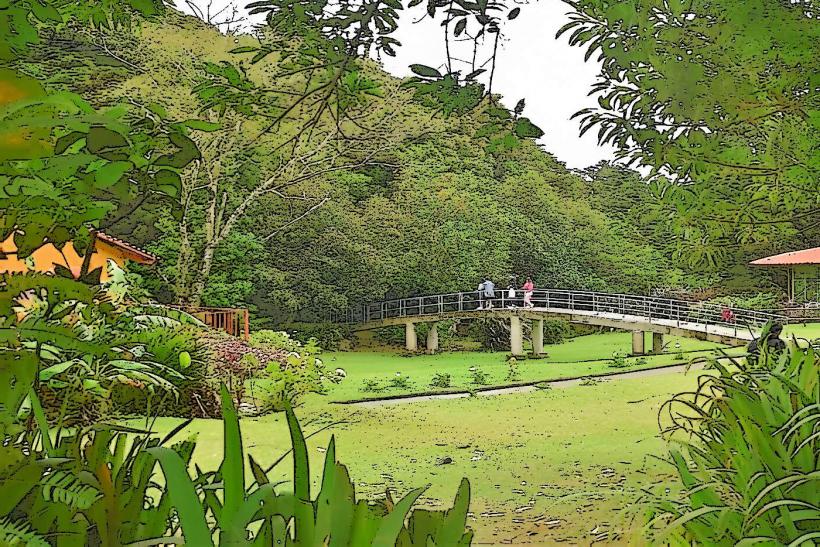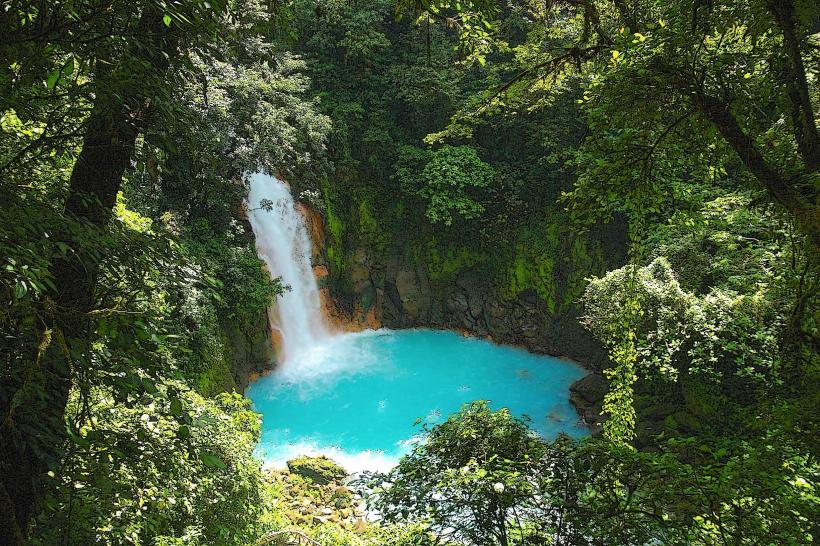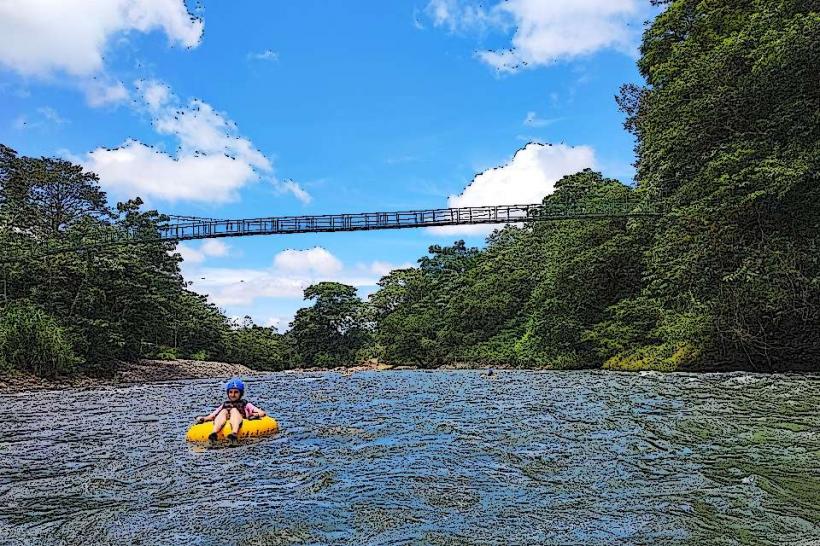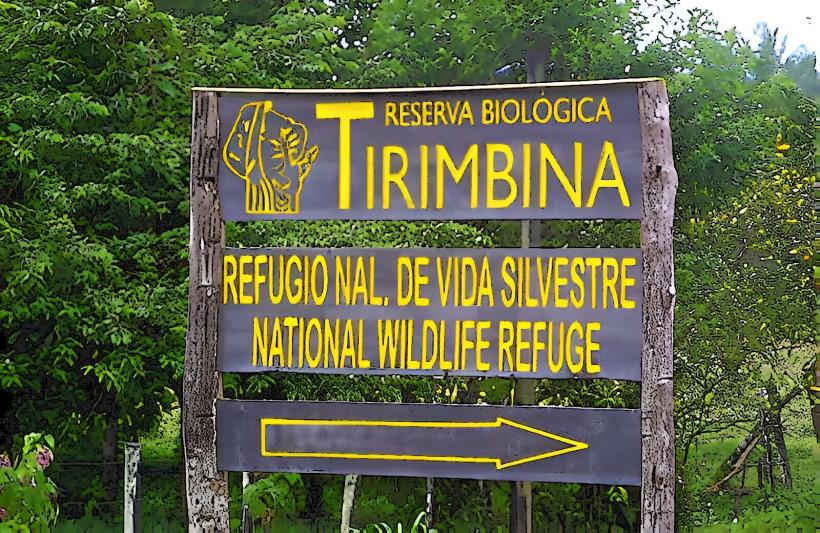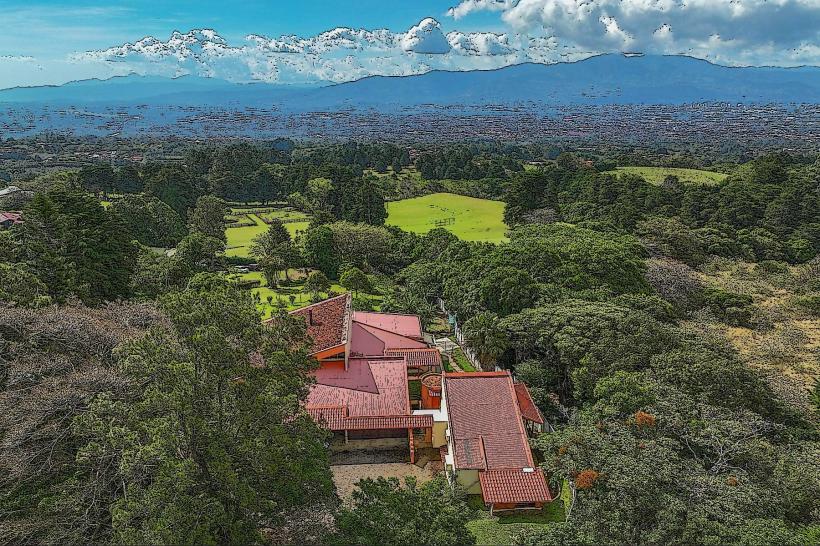Information
Landmark: INBioparqueCity: Heredia
Country: Costa Rica
Continent: North America
INBioparque (also known as the National Biodiversity Institute Park) is a biological reserve and ecotourism park located in the Heredia Province of Costa Rica, just outside of the capital city, San José. The park is part of the National Biodiversity Institute of Costa Rica (INBio), an organization dedicated to the study and conservation of the country's biodiversity. The park serves as both a research facility and an educational space, showcasing the immense biological diversity that Costa Rica is known for.
INBioparque is designed to give visitors a comprehensive experience of Costa Rica’s natural ecosystems, offering a unique opportunity to explore its rainforests, wetlands, and dry forests, as well as learn about the country’s diverse flora and fauna.
Overview:
- Name: INBioparque (National Biodiversity Institute Park)
- Location: Heredia Province, Costa Rica (located near the town of Barreal, about 15 kilometers from San José)
- Size: Approximately 300 hectares (741 acres)
- Established: 1990
- Main Focus: The park is focused on biodiversity conservation, ecotourism, and scientific research.
Features and Attractions:
INBioparque offers a variety of attractions and experiences for visitors, combining nature exploration with educational opportunities about the rich biodiversity of Costa Rica. Some of the park's key features include:
1. Ecological Exhibits:
The park features several themed areas that showcase the diversity of ecosystems found throughout Costa Rica. These exhibits are designed to give visitors an interactive and immersive experience, often with detailed explanations about the species and the ecosystems they inhabit.
- Tropical Rainforest: The park includes a tropical rainforest exhibit, where visitors can walk through a recreated rainforest environment, learn about the importance of tropical forests, and see the wide range of plants and animals that call these ecosystems home.
- Wetlands and Swamps: There is a section of the park that focuses on wetland ecosystems, which are vital for maintaining biodiversity and water cycles. Visitors can observe species that thrive in wetland environments, such as frogs, water birds, and insects.
- Dry Forest: A smaller section of the park represents the dry forest ecosystem, a critical yet threatened habitat in Costa Rica, highlighting species adapted to drier conditions.
2. Botanical Gardens:
INBioparque is home to extensive botanical gardens, featuring a wide variety of native plant species. The gardens are divided into different zones that display plants from various ecosystems, including the rainforest, cloud forest, and tropical dry forest. The botanical gardens are an excellent place for plant enthusiasts and those interested in learning more about Costa Rica’s diverse flora.
3. Animal Encounters:
While the park is not a traditional zoo, it provides opportunities to see a variety of native wildlife in their natural environments, such as:
- Butterflies: A butterfly garden displays numerous species of native butterflies, including the colorful blue morpho and the glasswing butterfly.
- Birds: The park is a great place for birdwatching, with species such as hummingbirds, toucanets, and motmots commonly seen.
- Monkeys: Visitors may also spot howler monkeys, spider monkeys, and white-faced capuchins in the park's forests.
- Amphibians and Reptiles: Various frogs, including the red-eyed tree frog, and reptiles like iguanas and snakes can also be found in the park.
4. Educational Programs:
INBioparque plays a significant role in educating the public about biodiversity and conservation. The park regularly offers workshops, guided tours, and educational talks to help visitors learn about the challenges facing Costa Rica’s ecosystems and the importance of sustainable practices.
5. Interactive Exhibits:
The park features several interactive exhibits that allow visitors to engage with the natural world. These include:
- Insect Displays: Visitors can explore an exhibit dedicated to the park's insect life, including beetles, moths, and other local insects.
- Live Demonstrations: The park sometimes offers live demonstrations on topics such as plant pollination or how biodiversity is studied.
Trails and Activities:
INBioparque offers several walking trails that allow visitors to explore the park’s diverse habitats and learn about the various ecosystems. The trails are easy to navigate, making the park suitable for visitors of all ages. Some of the key trails include:
- Forest Trails: Several short trails take visitors through the park’s rainforest and forested areas, with educational stops along the way to highlight the flora and fauna.
- Wetland Trails: A trail through the wetlands provides an opportunity to learn about the role of wetlands in maintaining ecological balance and to observe water-dependent species.
- Botanical Gardens Walk: Visitors can stroll through the botanical gardens, learning about the plant species that thrive in each of Costa Rica’s ecosystems.
In addition to the trails, INBioparque offers other activities such as birdwatching, photography tours, and nature walks.
Research and Conservation:
INBioparque is not only a tourist attraction but also a hub for scientific research and biodiversity conservation. The park is an important facility for the National Biodiversity Institute of Costa Rica (INBio), which conducts research on the country’s species and ecosystems. The park’s focus on research and conservation makes it an ideal place for learning about the challenges faced by Costa Rica’s natural environments.
The park works on conservation projects related to endangered species and is involved in various restoration efforts to protect the country’s biological heritage. This makes INBioparque an essential component in Costa Rica’s broader efforts to preserve its incredible biodiversity.
Practical Information:
Location:
INBioparque is located in the Heredia Province, about 15 kilometers (9 miles) north of San José. The park is easily accessible by car or public transportation from the capital.
Opening Hours:
- Monday to Sunday: 8:00 AM to 5:00 PM
- It is advised to visit early to make the most of the cooler morning hours for walking tours and observing wildlife.
Admission Fees:
- Admission fees vary, with discounts available for children, students, and Costa Rican residents. Check the official website for updated pricing.
Best Time to Visit:
- The best time to visit INBioparque is during the dry season (from December to April), as trails will be more accessible, and the weather will be favorable for outdoor activities.
- However, rainforests in Costa Rica are stunning year-round, and the green season (May to November) offers a lush, vibrant landscape.
Why Visit INBioparque?
INBioparque is a perfect destination for nature lovers, families, and anyone interested in learning about Costa Rica's diverse ecosystems. Whether you're interested in birdwatching, botanical exploration, or simply enjoying a peaceful day surrounded by nature, INBioparque offers a chance to experience the rich biodiversity of Costa Rica in an easily accessible and educational setting. It’s a great place to gain a deeper understanding of the country’s commitment to environmental conservation and the importance of protecting its natural resources.

